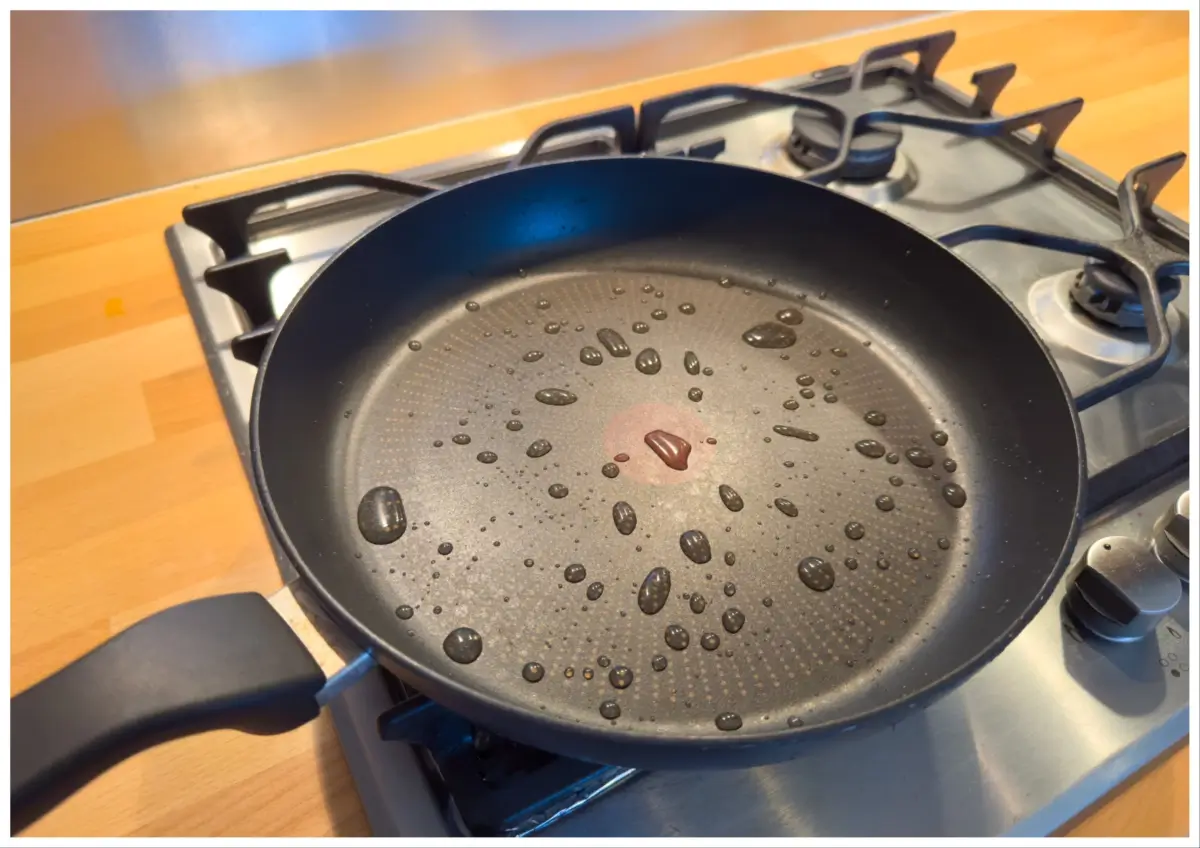"Forever chemicals" are everywhere, but people aren’t powerless. Here are expert recommendations for how to decrease your risk of exposure.

Per- and polyfluoroalkyl substances, commonly abbreviated as PFAS or “forever chemicals,” are ubiquitous. They have also been associated with debilitating health impacts, such as cancer, birth defects, liver disease, kidney disease and more. This can make it overwhelming to know what can be done to protect yourself from the far-reaching effects of these substances. Even though scientists estimate that PFAS are present in the blood of 97 percent of Americans, that doesn’t mean that people are helpless. We’ve assembled some proven ideas from experts and advocates for how to decrease your personal risk, look out for your community and create change.
“When faced with that immensity of a problem, you’ve got to really focus on, ‘Well, what can I control?’” said Natalie Balbuena, researcher with Food & Water Watch, in a recent webinar. “There are a lot of key tools that I think begin with awareness.”

You can take steps to limit your PFAS exposure, even in your home. (Photography by Shutterstock)
Educate yourself and your community
Although it sounds simple, educating yourself about PFAS can lead to real change. Dana Sargent, executive director of Cape Fear River Watch, has been working with community members to test home wells for PFAS. These conversations can be devastating, she says, when people with sickness in their families find out that the water they’ve been drinking is contaminated. For a lot of people who learn about their exposure, the next step is telling other people they know.
“A lot of these folks that have come to know about this are sharing with their neighbors,” says Sargent. “And that is vitally important, because education is the first step towards policy change.”
Case in point: There have been a lot of restrictions on who qualifies to get their well water tested in North Carolina. Sargent has been pushing for a pullback on these restrictions, and as more community members learned about the issue, they began contacting the North Carolina Department of Environmental Quality (NCDEQ) as well to voice their concerns.
Just this December, NCDEQ announced that it is pulling back restrictions, allowing thousands more people to get their well water tested—a big win, says Sargent.
“Action does effect change,” says Sargent. “We’ve got to beat it with a frickin’ heavy hammer in this town and in this state, but it does work.”
The documentary The Devil We Know is one good place to start. It provides a thorough look into the history of PFAS and how it affects human communities.
Utilize your buying power, if possible
There’s no doubt about it—being able to be selective about where you spend money is an economic privilege. Systemic factors like this make certain communities disproportionately impacted by PFAS contamination. This is a justice issue, because non-contaminated products should not be accessible only to the wealthy.
“This is definitely an environmental justice issue,” says Balbuena of Food & Water Watch, “primarily because it really connects to a lot of the historical injustices when it comes to placing low-income communities of color next to certain chemical-producing, plastic-producing [and] fracking sites and just having them exposed to all these toxins and then being left with not only paying for the development of those things but also a lot of health effects.”
For those who are financially able, the Center for Environmental Health provides a list of PFAS-free products including textiles, foodware and more. Another accessible list that includes cosmetics, baby products and furniture is available here.
Voicing priorities to companies is also effective, even if you can’t use your dollars in a certain way. It can change company behavior.
“There are companies starting to respond and you can start to get some PFAS-free products,” said Kyla Bennett, director of science policy for Public Employees for Environmental Responsibility (PEER), in the Food & Water Watch webinar. Lowe’s took PFAS out of its indoor residential carpets. IKEA removed it from its processing. “I think those are some victories that we can take heart from.”
Limit plastics and other known dangers
Products containing PFAS won’t be labeled as such, and we do not yet have labeling requirements for products claiming to be free of PFAS. When it comes to products labeled PFAS-free, Bennett cautions that you have to be careful of greenwashing. Sometimes, one PFAS may be removed from a product just to be replaced with another. Look into the company’s verification process, if possible.
Still, there are some things that you can assume contain PFAS. Bennett recommends avoiding #2 plastics as much as possible. This could be food containers, shampoo bottles and the like. Waterproof items, such as mascara and rain gear, can also be sources of exposure.
Another known danger is nonstick cookware. “Get rid of your Teflon pans,” says Sargent. “Obviously, if you get rid of it, you’re putting it into a landfill, it’s going to end up back in the system in some way. But like, don’t cook on that garbage.”
Know where your drinking water comes from
About 20 percent of exposure to PFAS comes through drinking water. One thing you can do, says Bennett, is look for certified filters to reduce PFAS loads in your home. Under the sink reverse osmosis is effective, but can be costly to the individual household. It also requires maintenance by the homeowner, which can make it difficult for renters.
“Reverse osmosis is very expensive,” says Emily Sutton, Haw Riverkeeper for the Haw River Assembly. “And that’s an environmental justice issue to say that only the wealthiest of us can have safe drinking water.”
Knowing where your water comes from is important, says Sutton. Last year, in response to the PFAS contamination in the Haw River that was contaminating Pittsboro’s drinking water, the town installed a granular activated carbon filtration system. This effectively removes the majority of the PFAS from the town’s drinking water.

The Haw Rivershed. (Photography by Emily Sutton)
Be vocal
The EPA recently withdrew its conditional consent for the chemical company Chemours to import waste containing PFAS to its North Carolina location, stating that the agency initially received inaccurate data from the company. Sargent believes the reversal is largely thanks to the fact that local residents have become such strong voices on this topic.
“We pushed back hard and they’re like, ‘We can’t do this to that community. They’re paying attention,’” says Sargent. “That’s huge.”




Yes. We should reduce use of teflon coated pans, plastic materials etc., but to what to extent is still not forth coming.
Yes. We need to cut back on plastics, teflon-coated cookware, and other such items, but the exact amount is still unclear.